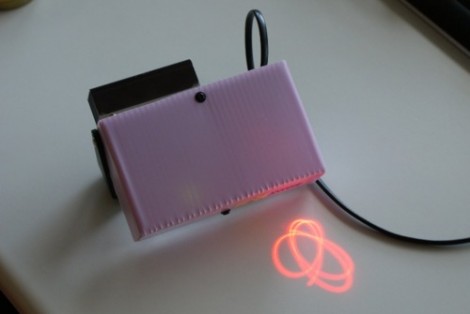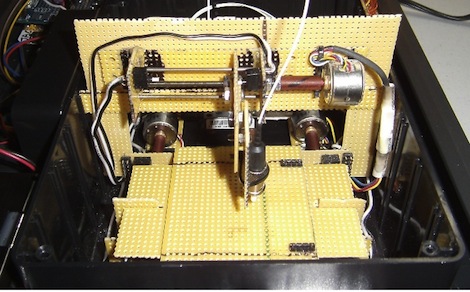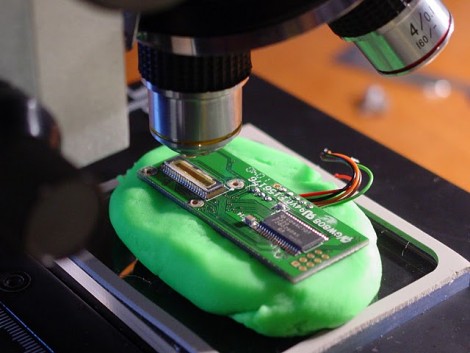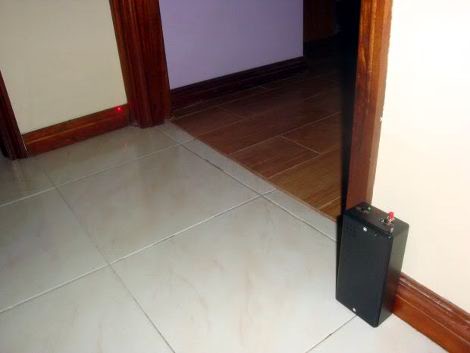
In a project that only spanned about three weeks [Lars] built this laser light show projector using parts scavenged from his junk bin. We’ve seen the concept many times before, all you need is a laser source and two mirrors mounted on a spinning bases. The laser diode for this project was pulled from a recordable DVD player. That beam passes through the optics from a laser printer to give it the focus necessary to get a good projected image.
[Lars] played around with the mirror angles until he achieved just the right look. The first mirror is mounted about 4 degrees from being flat with its motorized base; the second is off by about 6 degrees. This introduces slight oscillation in the beam direction when the motors are spinning. By adjusting the speed of each motor you get different patterns. Adjustments are happening completely at random thanks to the BasicStamp2 microcontroller which hadn’t been used in years. Fifteen lines of code were all it took.
Want a laser that’s not controlled at random? Check out this addressable galvanometer-based show.
















